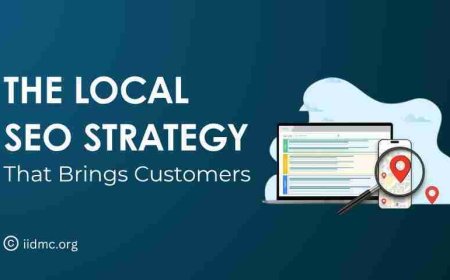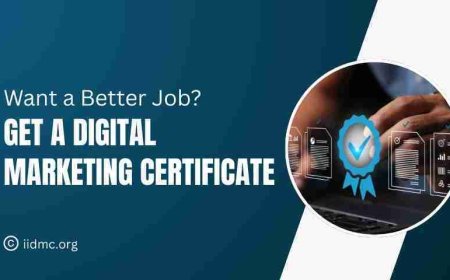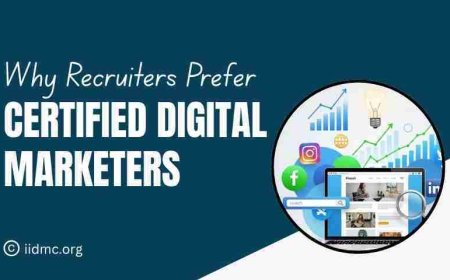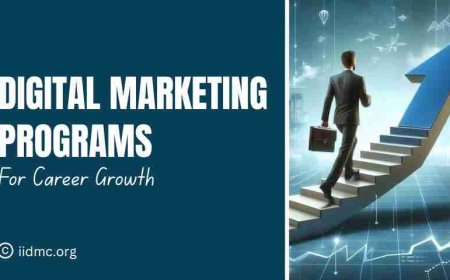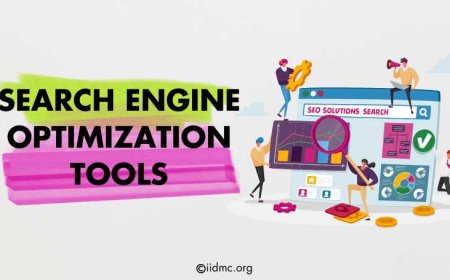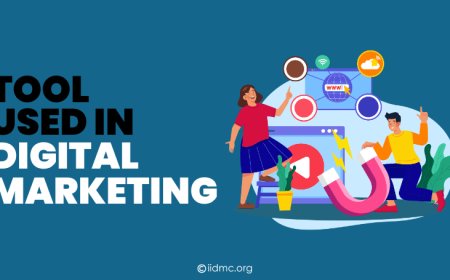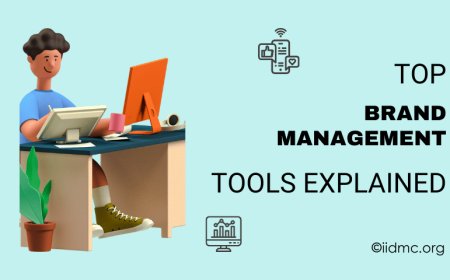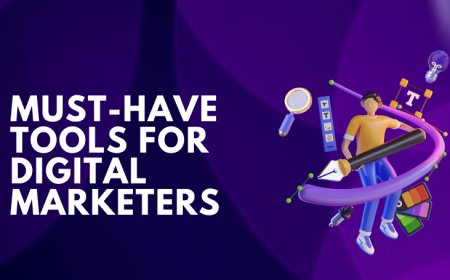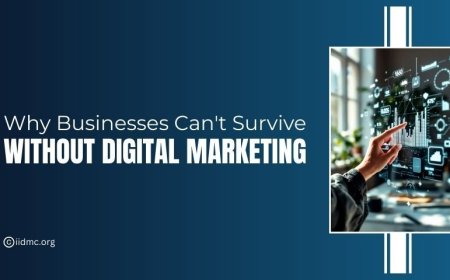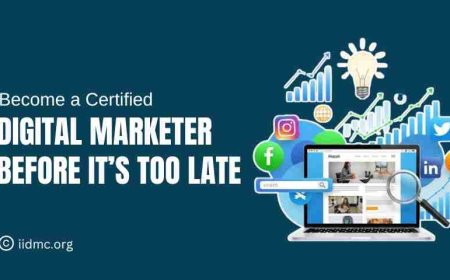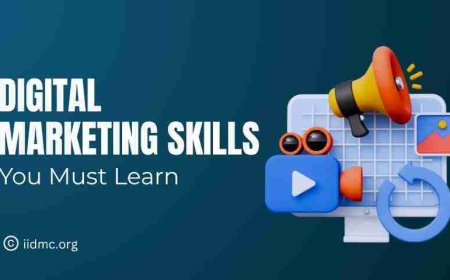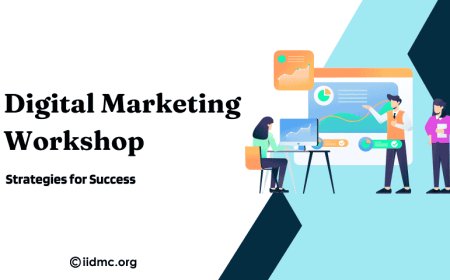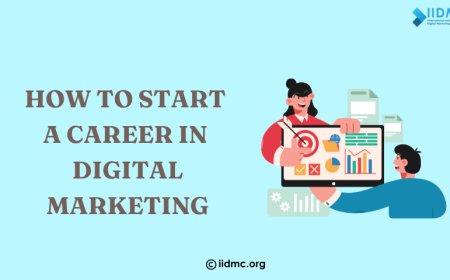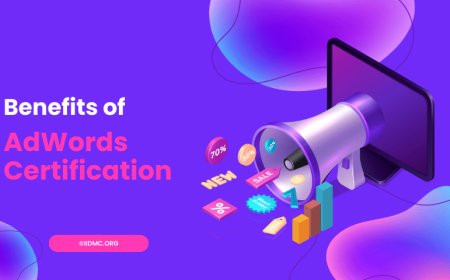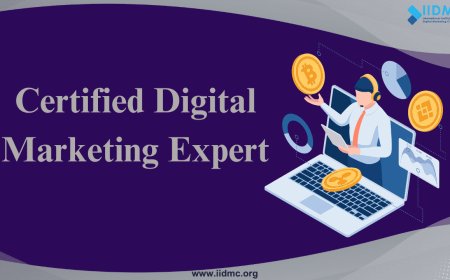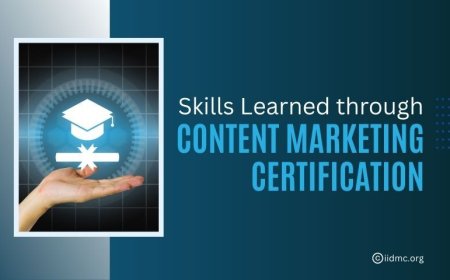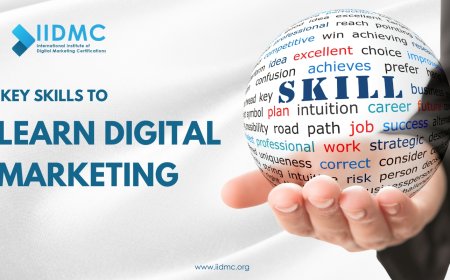A Complete Guide to Social Media Marketing
Learn essential social media marketing strategies, from choosing platforms to creating engaging content and running ads, to boost your brand’s online presence.
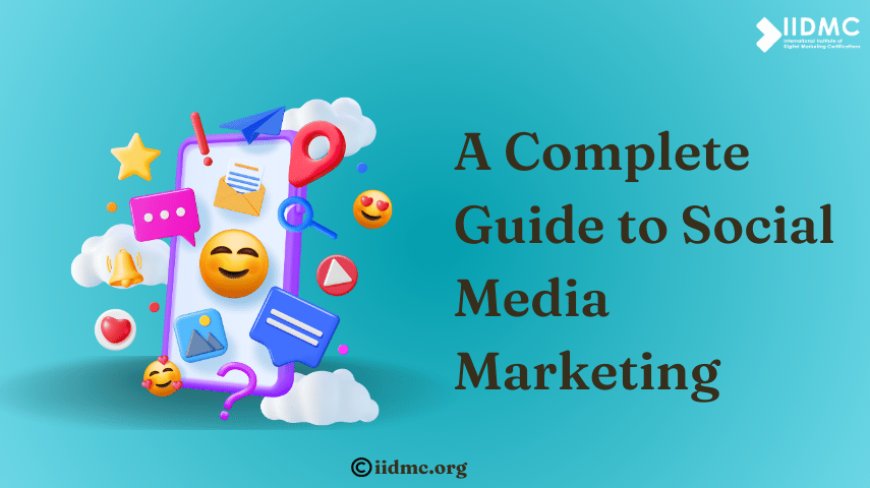
When I started in social media marketing, I quickly learned that success goes beyond just posting content. It’s about building genuine connections with your audience by understanding their needs, preferences, and pain points. I began by experimenting with various platforms, identifying where my target audience was most active. Consistent content creation, using compelling visuals, and leveraging hashtags helped to increase visibility. Tracking engagement metrics helped refine my strategy, making the process more effective. The journey can be challenging, but seeing real-time engagement and building a loyal community makes it incredibly rewarding.
What is Social Media Marketing?
Social media marketing is the practice of using social media platforms to promote products, services, or brands and engage with a target audience. It involves creating and sharing content, such as posts, images, videos, and ads, tailored to the preferences and behaviors of the audience on platforms like Facebook, Instagram, Twitter, LinkedIn, and TikTok. The goal is to increase brand awareness, drive website traffic, foster customer relationships, and ultimately boost sales or conversions. Effective social media marketing combines creativity, strategy, and analytics to create meaningful connections with consumers and achieve business objectives.
Choosing the Right Platforms
With so many social media options available, choosing the right platform for your business is key.
-
Facebook: Great for reaching a broad audience. Ideal for building brand awareness, running ads, and sharing content.
-
Instagram: Perfect for visual brands, particularly in fashion, beauty, food, and lifestyle. Engaging stories and posts help connect with younger audiences.
-
Twitter: Best for real-time updates and engaging with followers through quick posts. It’s also effective for trending topics.
-
LinkedIn: Essential for B2B companies. It’s where professionals connect, making it ideal for sharing industry insights and networking.
-
TikTok: A fast-growing platform perfect for creating short, fun, and engaging video content, especially for younger audiences.
-
YouTube: The go-to platform for longer video content like tutorials, vlogs, and product demos.
Setting Clear Goals
Before you start posting, it’s important to set clear objectives. What do you want to achieve with your social media marketing? Common goals include:
-
Brand Awareness: Making your brand more visible and recognizable.
-
Lead Generation: Attracting new potential customers and building your email list.
-
Engagement: encouraging likes, comments, shares, and overall interaction with your content.
-
Sales: Directly driving purchases through social media platforms.
Crafting a Winning Social Media Strategy
A well-planned strategy is essential for success. Craft a clear goal, understand your audience, create engaging content, track performance, and adjust based on analytics for success.
a. Know Your Audience
Understand who your target audience is—what are their interests, demographics, and behaviors? This will help you tailor your content to their preferences.
b. Choose the Right Content
Different content types work better on different platforms. For example:
-
Images and infographics work great on Instagram and Facebook.
-
Videos are perfect for YouTube, TikTok, and Instagram.
-
Polls and quizzes engage followers on Twitter and Instagram stories.
c. Build a Content Calendar
Planning keeps you consistent and helps ensure you don’t miss important dates like product launches or seasonal events. Use scheduling tools like Buffer or Hootsuite to automate posts and keep your social presence active.
Engagement: Building Relationships
It’s not just about posting content—it’s about building a community. Engage with your followers by:
-
Responding to Comments and Messages: Let followers know you’re listening and appreciate their interaction.
-
Running Contests and Giveaways: Generate excitement and encourage more engagement.
-
User-generated content: Encourage your followers to share their experiences with your brand. This helps build trust and loyalty.
Paid Advertising: Expanding Your Reach
Paid ads allow you to reach a larger audience and target specific demographics. Platforms like Facebook, Instagram, and LinkedIn offer advanced ad-targeting features to help you reach your ideal customer. Here are some ad formats:
-
Facebook and Instagram Ads: Run photo, video, or carousel ads to showcase products or services.
-
LinkedIn Ads: Sponsored content and InMail are perfect for reaching professionals and B2B marketing.
-
Twitter Ads: Promote tweets to gain exposure or create targeted campaigns based on interests.
Creating Engaging Social Media Ads
-
Target Audience Segmentation
-
Customize ads for different audience segments based on demographics, interests, and behaviors.
-
Use platforms’ advanced targeting tools (e.g., Facebook Ads Manager) to reach the right people.
-
Compelling Visuals and Copy
-
Use high-quality images or videos that align with your brand and capture attention quickly.
-
Write concise, clear, and persuasive ad copy that speaks directly to your audience’s needs and desires.
-
Clear Call-to-Action (CTA)
-
Include a strong, actionable CTA that encourages users to take the next step, like "Shop Now," "Learn More," or "Sign Up."
-
Ensure the CTA is visually prominent in the ad to drive conversions.
-
A/B Testing and Optimization
-
Test different ad formats (e.g., carousel, video, image) to see which performs best.
-
Regularly analyze metrics like CTR, engagement, and conversion rates to refine your ads for maximum effectiveness.
Tracking Success with Analytics
Measuring your social media performance helps you understand what's working and where to improve. Most social platforms have built-in analytics tools that give insights on engagement, reach, and audience behavior.
Key metrics to track:
-
Engagement rate: likes, comments, shares.
-
Follower growth: How your audience is increasing over time.
-
Website traffic: Are your social media efforts driving people to your site?
-
Click-through rate (CTR): For paid ads, how often people are clicking your ad links.
Stay Ahead with Trends
To keep your social media strategy fresh and effective, stay updated with the latest trends:
-
Follow Industry Blogs: Subscribe to blogs like Social Media Examiner or HubSpot for the latest insights and updates.
-
Monitor competitors and influencers: Observe what competitors and industry influencers are doing to spot emerging trends.
-
Engage with Your Audience: Track what types of content get the most engagement from your followers.
-
Experiment with New Features: Try out new platform features like Instagram Reels or TikTok effects to stay relevant.
-
Leverage hashtags and challenges: Participate in trending hashtags or challenges to boost visibility.
-
Stay Updated with Algorithm Changes: Keep an eye on platform algorithm updates to adapt your strategy.
-
Use Social Listening Tools: Tools like Hootsuite or Sprout Social help you track conversations and trends in real time.
-
Explore New Platforms: Test emerging platforms like Threads or BeReal to connect with new audiences.
-
Encourage User-Generated Content: Feature content created by your customers to build trust and engagement.
-
Focus on Video Content: Short-form video continues to grow in popularity, especially on TikTok and Instagram Reels.
Social Media Best Practices
-
Consistency is Key: Post regularly and maintain a consistent tone that aligns with your brand.
-
Quality Content Over Quantity: Focus on creating valuable, shareable content that resonates with your audience.
-
Hashtags Matter: Use relevant hashtags to increase your content’s discoverability and reach a broader audience.
-
Don’t Over-Promote: Balance promotional posts with informative or entertaining content that adds value to your followers.
Essential Tools for Social Media Marketing
Social media marketing can be more efficient with the right tools. Here are some popular options:
-
Buffer/Hootsuite: Schedule posts and manage content across multiple platforms.
-
Canva: Create stunning visuals and graphics, even without design skills.
-
Sprout Social: Engage with followers and analyze performance.
-
Google Analytics: Track how your social media drives traffic to your website and conversions.
How to Prepare for Social Media Marketing Certification
-
Enroll in relevant courses: Take online courses from recognized platforms like Skillfloor, HubSpot Academy, or Hootsuite Academy. These courses provide structured learning on strategy development, content creation, social analytics, and paid advertising techniques.
-
Practice Real-World Application: Apply your knowledge by running small campaigns or projects, either for your brand or by offering free consulting to small businesses. Hands-on experience is crucial for understanding how theory translates into real-world social media strategies.
Certifications to Consider
-
Certified Digital Marketing Expert: Master various digital marketing strategies, including SEO, SEM, content marketing, and analytics.
-
Certified SEO Expert: Specializes in website optimization to improve search engine rankings and drive organic traffic.
-
Certified Google Ads Specialist: Gain expertise in creating, managing, and optimizing Google Ads campaigns across multiple formats.
-
Certified Social Media specialist: demonstrate proficiency in managing social media platforms, strategies, and engagement for brands.
-
Certified Content Marketing Specialist: Master content creation, strategy, and distribution to engage audiences and drive conversions.
Social media marketing is a powerful tool for building connections, driving engagement, and achieving business goals. With the right strategy, tools, and consistent effort, brands can thrive on social platforms. Continuous learning, hands-on experience, and relevant certifications further enhance your ability to succeed in this dynamic field.
